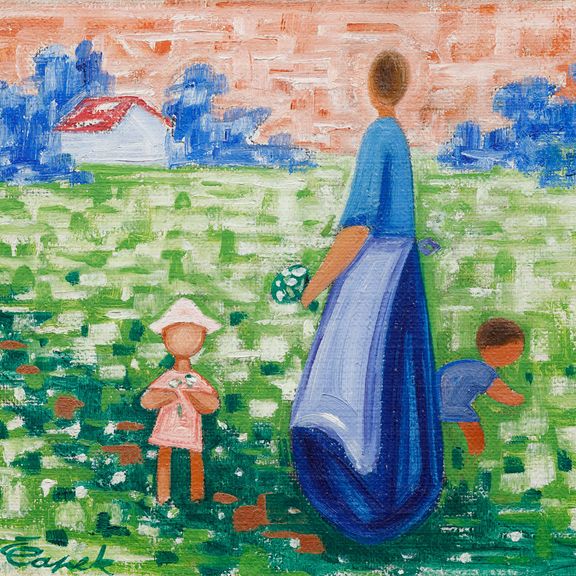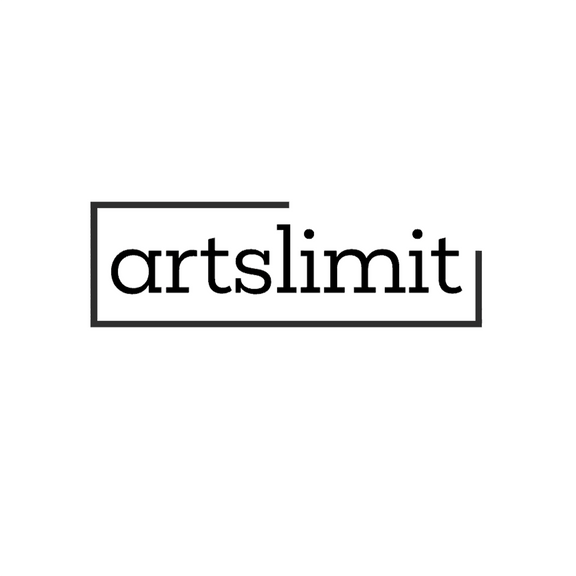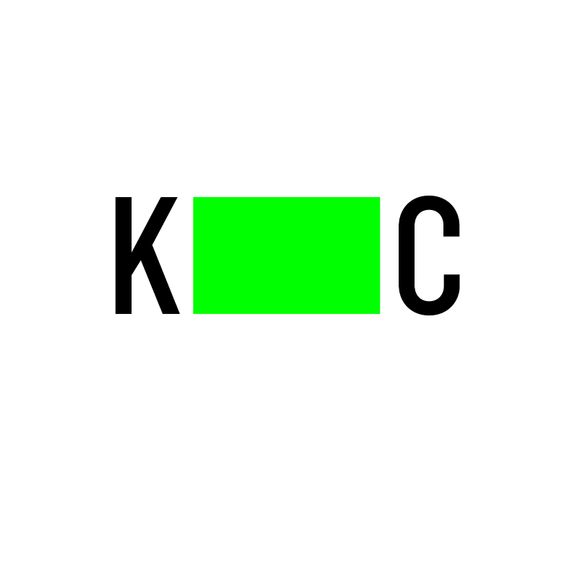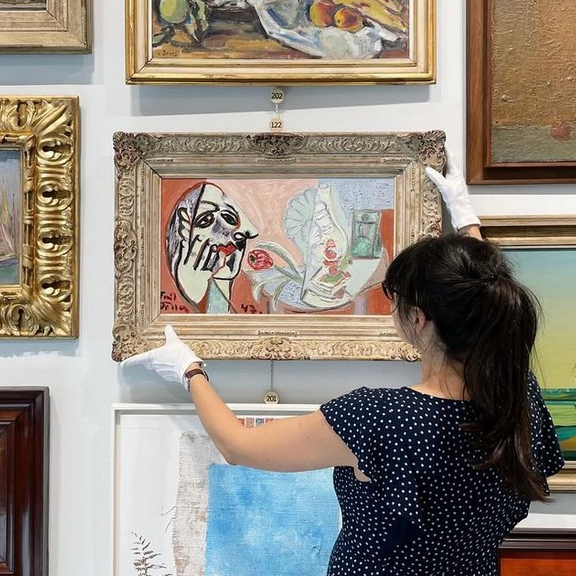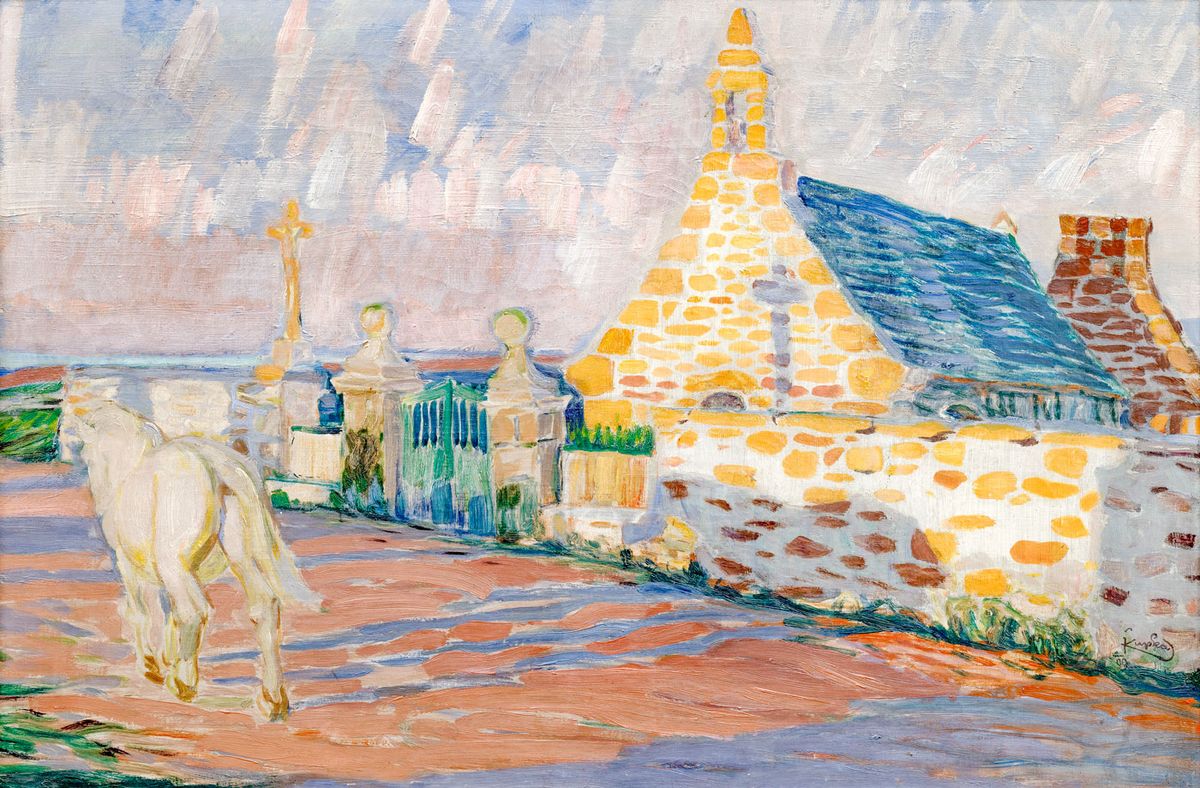
oil on canvas
1909
lower right
54.5 × 81.5 cm
frame
František Kupka discovered Brittany for himself as early as 1896 and later stayed there regularly, namely in Trégastel, whose beauty became a source of inspiration to him. The coast, sea, and rocks undoubtedly inspired some of his works from the beginning of the century, for example the well-known works Ballad (Joys of Life, 1901) and Wave (1902). Kupka, a graduate of the Vienna and Paris Academies, settled in the suburbs of Puteaux, not long before the execution of this painting, where he could also take full advantage of his close contact with the Duchamp brothers, who had a fundamental influence on the development of European modern art. This painting is also important proof of how Kupka was able to develop from symbolist morphology based on academic training to absolute abstract purity in less than a decade, which was significantly faster than many other world-famous painters. As evidenced by the presented work, his brushwork was changing rapidly, responding with extraordinary originality to the development of modern painting. It is obvious that he had already fully rejected previous historicisms and embarked on the path of modern and natural expression, in which he uniquely coped with contemporary trends and movements, especially expressionism, fading symbolism, art nouveau, and with the nascent fauvism and its approach to space and colour. In this painting, Kupka was definitely on his way to non-figurative art, based mostly on work with movement and decomposition of colours, light, and ordinary morphology. It was colour and the scientific approach to it that were decisive for Kupka, directly related to the research of colours by Johann Wolfgang Goethe and Michel Eugén Chevreul. The main features of this painting characterised by basic shades of yellow, red, blue, and green, are a horse and a chapel near the sea, visible only as a narrow turquoise strip on the horizon. The horse, masterfully captured in its movement, can be considered a certain reminiscence of Kupka’s stay in Brittany at the turn of the century; it was a crucial feature also of the aforementioned painting Ballad (Joys of Life). Horses in general can also be found in a number of traditional stories and Breton and Slavic legends, symbolising movement, life, and freedom. Its shadow, like the shadow of the cross cast on the facade of the chapel, evokes the end of the day, but the horse itself resembles a fantastic creature rather than an ordinary animal of flesh and blood. In relation to this impression, we can perceive the chapel not only as a purely religious element, but also quite generally as a symbol of refuge and safety. It would also be appropriate to consider the attempt to express the basic duality and contradiction between the freedom of nature presented by the horse on the one hand, and the rule-bound institution in the form of a chapel on the other.Due to the time of its execution, rendering, painting qualities, and other essential aspects, Kupka’s White Horse fits very well into his artistic development, and is thus not only an opportunity to add another important stone to the mosaic of his legacy, but also a completely unique opportunity for collectors to acquire a painting of such importance. Assessed during consultations by prof. J. Zemina and PhDr. E. Havlová. The expertise by PhDr. K. Srp is attached.
